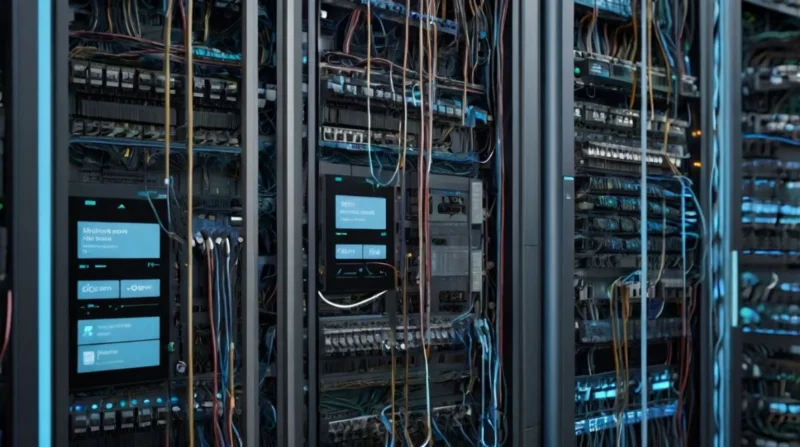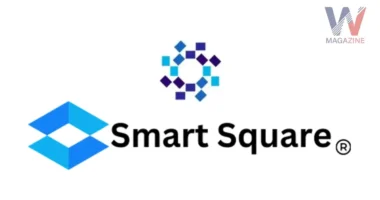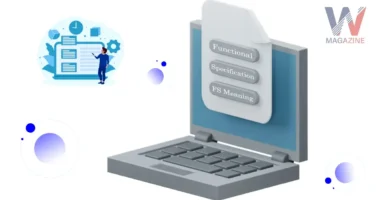Table of Contents
- What Is an Application Virtual Switch?
- Why It Matters: Everyday Benefits
- How does it work?
- Core Features at a Glance
- Common Types of Application Virtual Switches
- Real-World Uses (That Matter)
- Hyper-V Virtual Switch: A Popular Example
- Choosing the Best Switch for You
- Best Practices You Can Use Today
- FAQ
- Conclusion
What Is an Application Virtual Switch?
An “application virtual switch” (also known as a virtual or soft switch) is software that acts like a smart traffic controller inside a virtual network. Imagine your digital files and apps live in virtual machines (VMs) on the same physical server. The application virtual switch handles the data moving between them or going out to the internet, ensuring it reaches the right place quickly and safely.
Instead of using physical hardware cables and switches, it does its job entirely within software, inside the hypervisor layer. This makes it flexible, cost-effective, and ideal for modern virtual environments.
Why It Matters: Everyday Benefits
Here’s why application virtual switches are essential in simple language:
1. Smooth Performance
They keep data flowing without jamming up your network. These software switches can prioritize urgent traffic, like video calls, so apps don’t slow down.
2. Strong Protection
They can isolate traffic, block bad connections, and enforce security rules. This makes it harder for hackers to move around in a virtual network.
3. Scale as You Grow
Want more VMs or new apps? Just spin them up, and the virtual switch adjusts automatically. No buying or installing extra hardware.
4. Save Money
It runs on existing servers, so you skip the cost of buying and maintaining physical switches.
5. Manage Easily
Admins can configure and monitor traffic from a central dashboard, not needing to walk across data centers to tweak hardware.
How does it work?
Here’s a simple step-by-step breakdown of how an application virtual switch handles data:
- Packet Input: When a VM or container sends data, it reaches the virtual switch inside the hypervisor.
- Inspecting Data: The switch reads each packet’s destination, like reading an address label.
- Apply Rules: It checks policies, like security filters, traffic priorities, and VLAN tags.
- Forward: Finally, it sends the data to another VM or external network, based on its instructions.
All of this happens automatically and in milliseconds; no need for intervention.

Core Features at a Glance
Here’s what makes application virtual switches powerful:
- Packet forwarding & traffic routing: Handle local VM and external network traffic like physical switches.
- Security filters & isolation: Use ACLs, firewalls, and VLANs to segment and filter traffic.
- VLAN support: Group and separate network segments securely.
- Load balancing & QoS: Spread traffic evenly and prioritize critical services.
- Central management: Control setup, monitoring, and troubleshooting from one interface.
Common Types of Application Virtual Switches
Standard Virtual Switch
Often used in individual servers. Found in VMware vSphere or Hyper-V. Good for small setups.
Distributed Virtual Switch
Covers many servers across data centers. Ideal for larger, managed environments.
Open vSwitch (OVS)
Built on open source, it works on Linux/KVM. Flexible, programmable, and popular in cloud setups.
Vendor-Specific Switches
Like Cisco’s AVS in ACI environments or Microsoft’s Hyper-V Virtual Switch.
Real-World Uses (That Matter)
- Virtual Desktop Infrastructure (VDI): Powers remote desktop setups, separating each user’s desktop securely.
- Cloud computing: Connect and isolate containers, microservices, and VMs on platforms like OpenStack or Azure.
- Test labs: Developers deploy VMs and networks to test apps safely without touching physical gear.
- Hybrid clouds: Seamlessly link on-premises and cloud systems under one network policy.
- Multi-tenant hosting: Keep client data separate and secure while managing it from a central system.
Hyper-V Virtual Switch: A Popular Example
Microsoft’s Hyper-V includes a built-in **virtual switch** that connects VMs and the physical network. It supports:
- External: VMs connect to the physical network and the internet.
- Internal: VMs talk only to each other and the host server.
- Private: VMs talk only among themselves.
It adds features like ACLs, DHCP protection, port ACLs, traffic shaping, and anti-spoofing, making it a secure, flexible solution.
Choosing the Best Switch for You
Consider these factors:
- Platform: VMware, Hyper-V, KVM, or cloud provider?
- Scale: Do you need a single host switch or a multi-server distributed setup?
- Security: How granular should access control, isolation, and traffic rules be?
- Cost & flexibility: Open-source OVS is free and flexible; vendor solutions may offer more support.
For example, OVS suits custom cloud builds, while Hyper-V is great for Windows-based environments.
Best Practices You Can Use Today
1. Define traffic policies early: Group similar VMs with VLANs and QoS settings from the start.
2. Monitor actively: Use built-in tools to check traffic, latency, and errors.
3. Update often: Software switches get patches, and new features stay current.
4. Secure each port: Apply ACLs, MAC filtering, and anti-spoofing.
5. Use distributed switches for consistency: One configuration across many hosts minimizes mistakes.
6. Redundancy plan: Use multiple network adapters and failover in case one goes down.
FAQ
Q1. Can I use this at home?
Yes! If you run local VMs using free tools like VirtualBox or Hyper-V, you already use a simplified virtual switch.
Q2. Is it just for big companies?
No. Small businesses or labs can gain easier management, security, and cost savings, too.
Q3. Do I need special hardware?
Not usually. It works on standard servers. Extra NICs help with performance and redundancy.
Q4. Is it like a virtual router or firewall?
No. It switches traffic like a Layer 2 device. Routers and firewalls operate at higher levels (Layer 3 and above). Some advanced virtual switches offer ACLs and stats, but typically don’t replace full firewalls.
Conclusion
An “application virtual switch” is a powerful, software-based traffic controller that lives inside your virtual environment. It handles data between VMs, containers, and the outside world, applying rules for security, speed, and organization. It scales easily, saves money, and simplifies your network. Whether you’re running a small home lab or managing a cloud setup, a virtual switch should be part of your toolkit.
Related Topic: Smart Networking: What Is an Application Virtual Switch?









